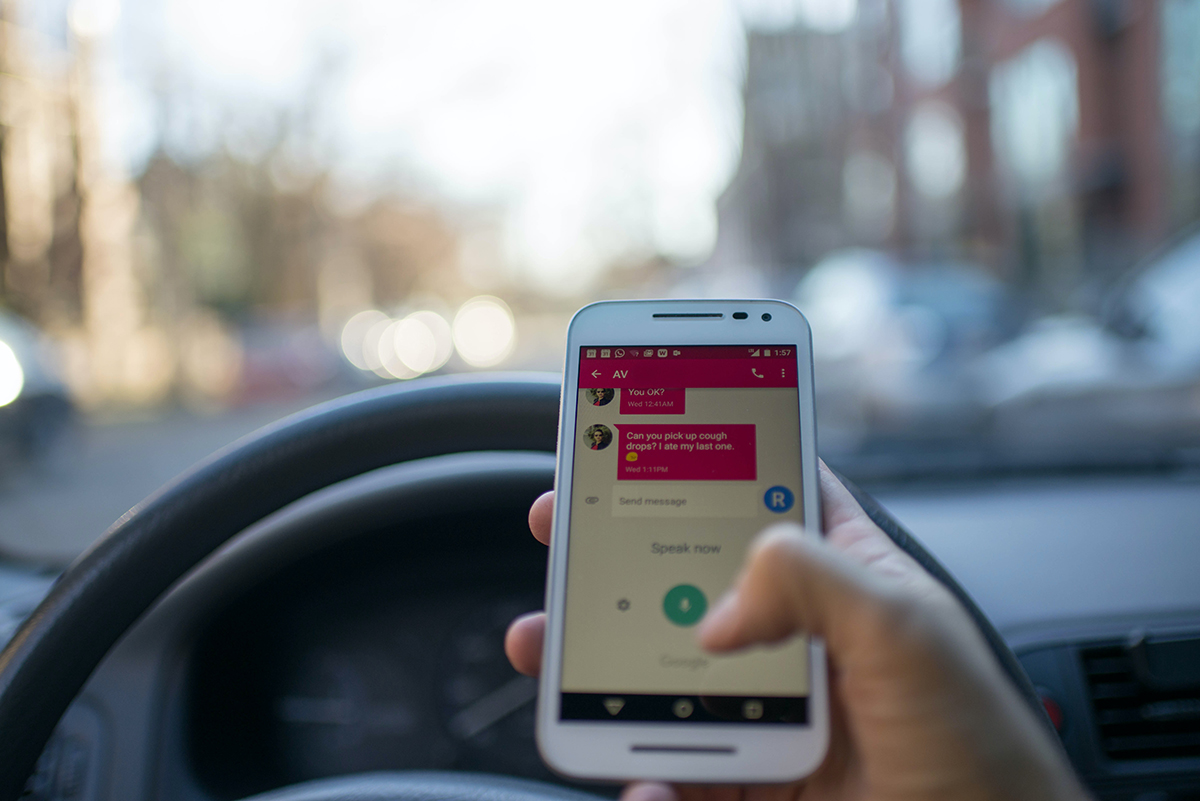Teens, Texting and Driving: The Realities

by Becky Bell
When teens are using their thumbs to type messages while driving and not focusing on the road ahead, it is dangerously distracting. Yet, the trend of texting while driving is ever increasing. According to a nationwide survey released this May, although most teens agree that it is dangerous to text while driving, almost half of them do it anyway.
The poll, conducted by an independent research firm for AT&T, showed that 97 percent of 1,200 teens surveyed said that texting while driving was dangerous. 43 percent of respondents said they had done it within the past three months.
Texting is the main form of communication by teens, but the poll also revealed that three-quarters of teens said that their parents text at nearly the same rate as they do while driving.
The key findings of the poll, which is a part of AT&T’s “Texting & Driving…It Can Wait” campaign, are as follows, according to Yahoo! Finance:
- 61 percent of teens say that they have seen their friends read or send an email or text while driving.
- 60 percent of teens admit to texting at a red light and 73 percent admit glancing at their phone at a red light.
- 89 percent of teens report that a phone app to prevent texting and driving would be an effective way to get them or their friends to stop texting and driving.
The results of the recent poll did not come as any surprise to local teen, Justin Scoggins, 18, of Hooks, Texas.
“It is dangerous, but everyone does it,” Scoggins said.
Scoggins said he and his friend text occasionally, but he mostly texts his girlfriend who expects him to return texts within a couple of minutes. Scoggins said that he honestly does not know what would prevent teens from texting while driving in the future.
“I guess if you were in a close call like a wreck then you wouldn’t do it, but it is kind of like getting caught partying. You stop for a while but then you are going to do it again,” he said.
Unfortunately texting while driving can be deadly. 3,092 people were killed in 2010 in “distracted-affected crashes,” accounting for 9.4 percent of road deaths, according to the U.S. National Traffic Safety Administration.
A 2009 issue of Car and Driver magazine documented that texting and driving is more dangerous than drinking and driving. However, the results of the recent polls reiterate that most people seem to approach texting and driving with a certain amount of acceptance as compared to drinking and driving.
There are many efforts being made nationwide to prevent accidents caused by texting teens and to raise awareness about the dangers of texting while driving. The Ad Council, the Office of State Attorneys General and the National Highway Traffic Safety Administration have teamed together to mount the campaign “Stop The Texts. Stop The Wrecks”. The campaign’s website provides suggestions for how to stop teens from texting and driving.
Recommendations include storing cell phones out of sight while driving to prevent temptation of use. Another tip is to download an app that can help stop teens from texting and driving. Teens can also turn off their notifications while driving to avoid the temptation of responding while driving. Finally, Stop the Texts, Stop the Wrecks suggests that teens designate a passenger to do the texting so that everyone can arrive safely to their destination.









